
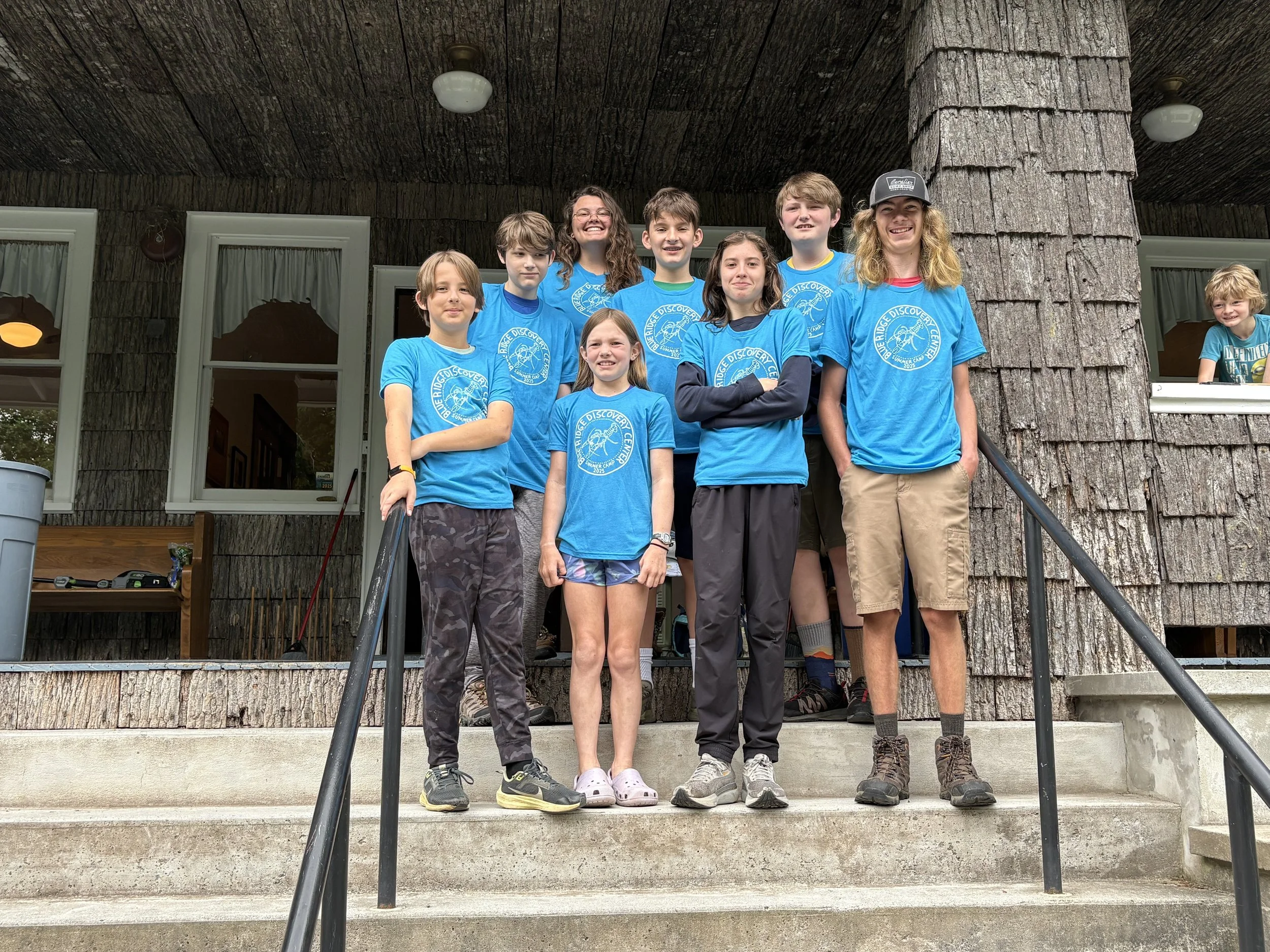
Summer Programs at BRDC
We’ve been busy bees this summer, between seven summer camps and the summer rally and Virginia Tech Wildlife Field Techniques course on campus this week!

Nature Day Camp, Session 3
With this last session of Nature Day camp, BRDC’s summer season has come to an end! Once we get started, it’s crazy how quickly time passes.
Wilderness Expedition 2024
Our last overnight camp of the 2024 summer season. How the time flies by! We had a great group of campers, better weather than we expected, and some amazing views! And we hiked almost 30 miles!
Discovery Camp 2024
This year’s Discovery Camp was a great expedition, and introduction to the many ways we explore the high country of Southwest Virginia here at the Blue Ridge Discovery Center. Climbing the second highest peak in the state of Virginia, snorkeling amongst our largest native reptiles, wandering through nocturnal temperate rainforests, and paddling in remote mountain waterways were just a few of the adventures our campers had a chance to take on.
New River Expedition 2024
Last Wednesday, 12 campers and 4 naturalist educators headed out on a 29.5 mile journey down the New River…. and what a trip it was!
Ornithology Camp 2024
Ornithology Camp 2024 was a success, with a lot of fun times following high mountains, green valleys, and gurgling rivers in search of unusual birds in the “Wild West of Virginia.” From early mornings hiking the balds for warbler surveys and an incredible sunrise before daybreak, to late nights in the firefly-swarmed woods surrounded by a family of owls, we had some great young birders who enjoyed it all, with excitement and curiosity with every species, baked cinnamon apples from the coals of a campfire, and plenty of laughter. We ended the trip with 97 species, and many fascinating secrets about the avian world were unveiled.

A Wilderness Expedition
Over the entire Wilderness Expedition we covered over 27 miles of trail.
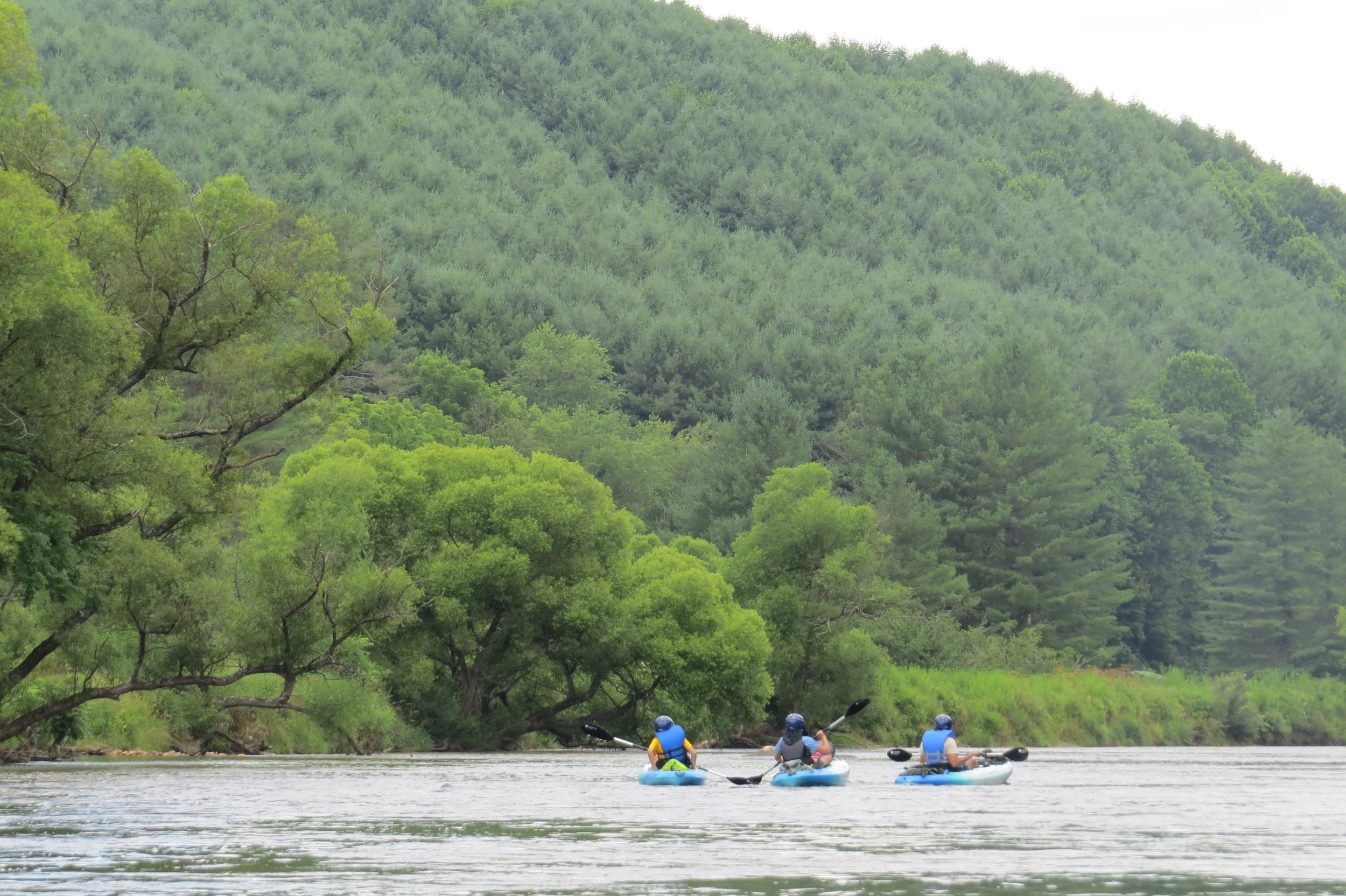
New River Expedition-Take 2
Last week, more campers joined our guides on one more four-day, 30-mile kayaking trip down the New River.
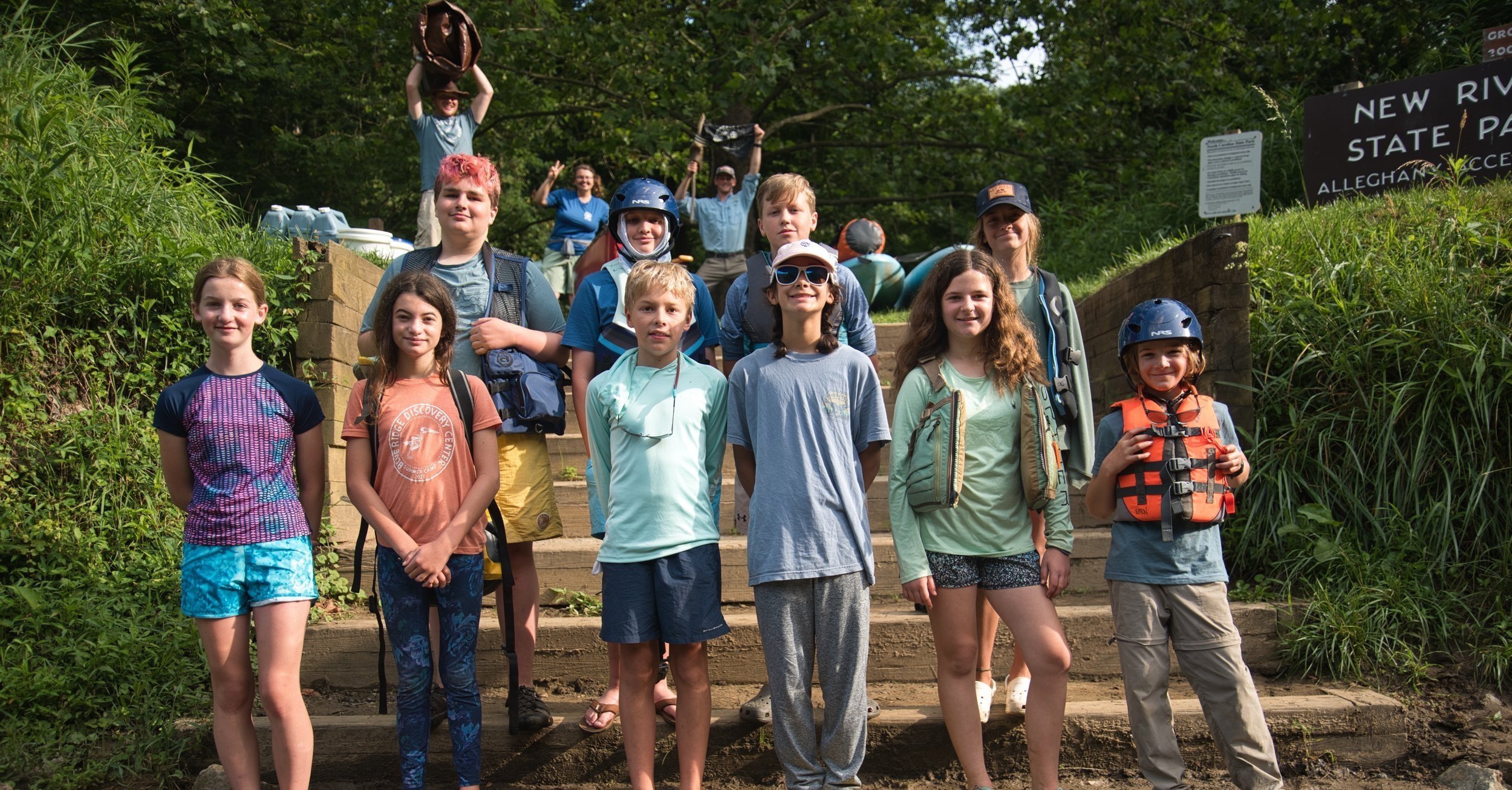
New River Expedition Recap
The first New River Expedition of 2023 is already over! Check out our recap of the trip!

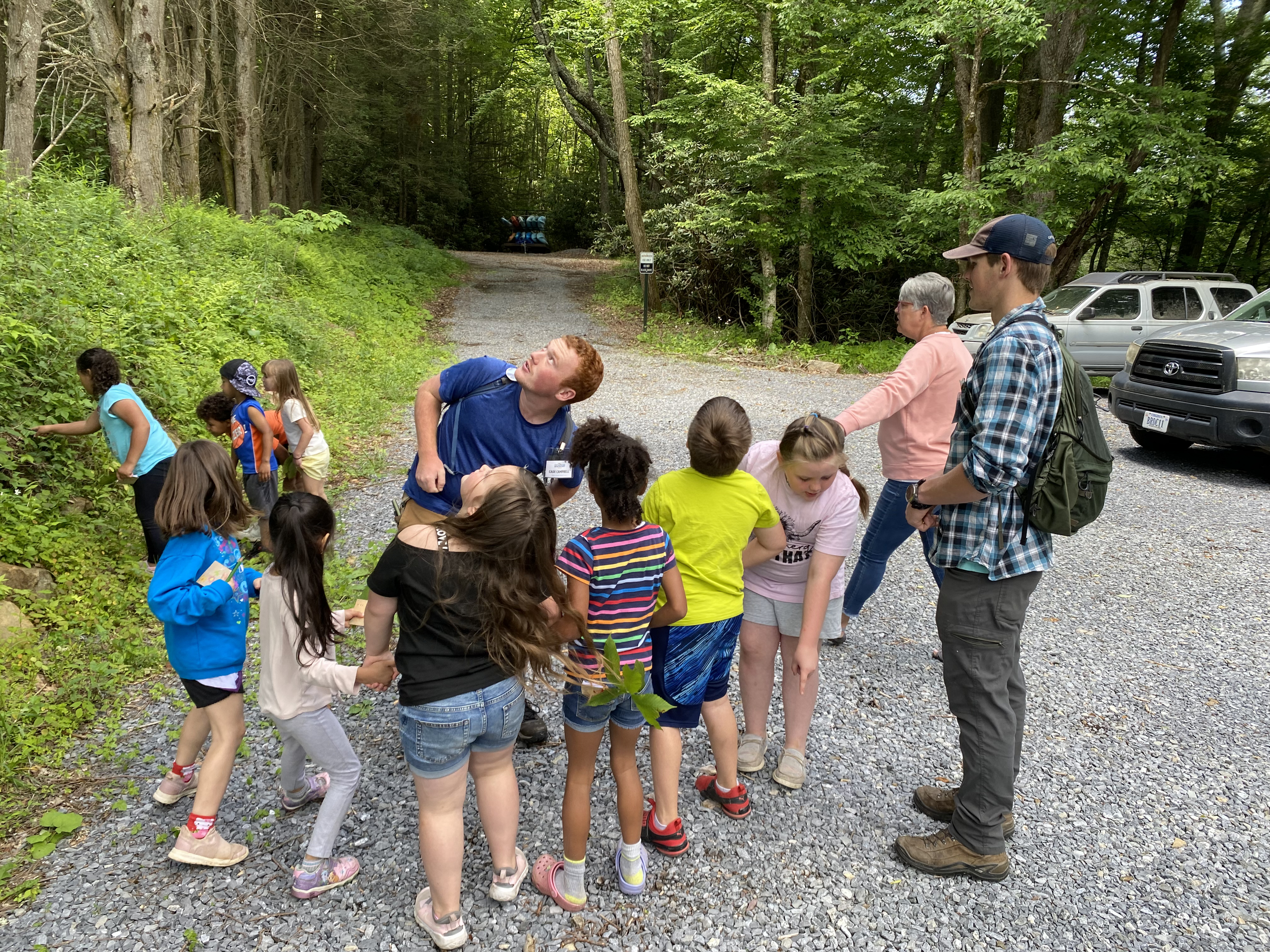
Summertime Fun at BRDC
When our rain garden is at peak green and the pollinators are in full swing, we know a lively summer has begun at Blue Ridge Discovery Center.
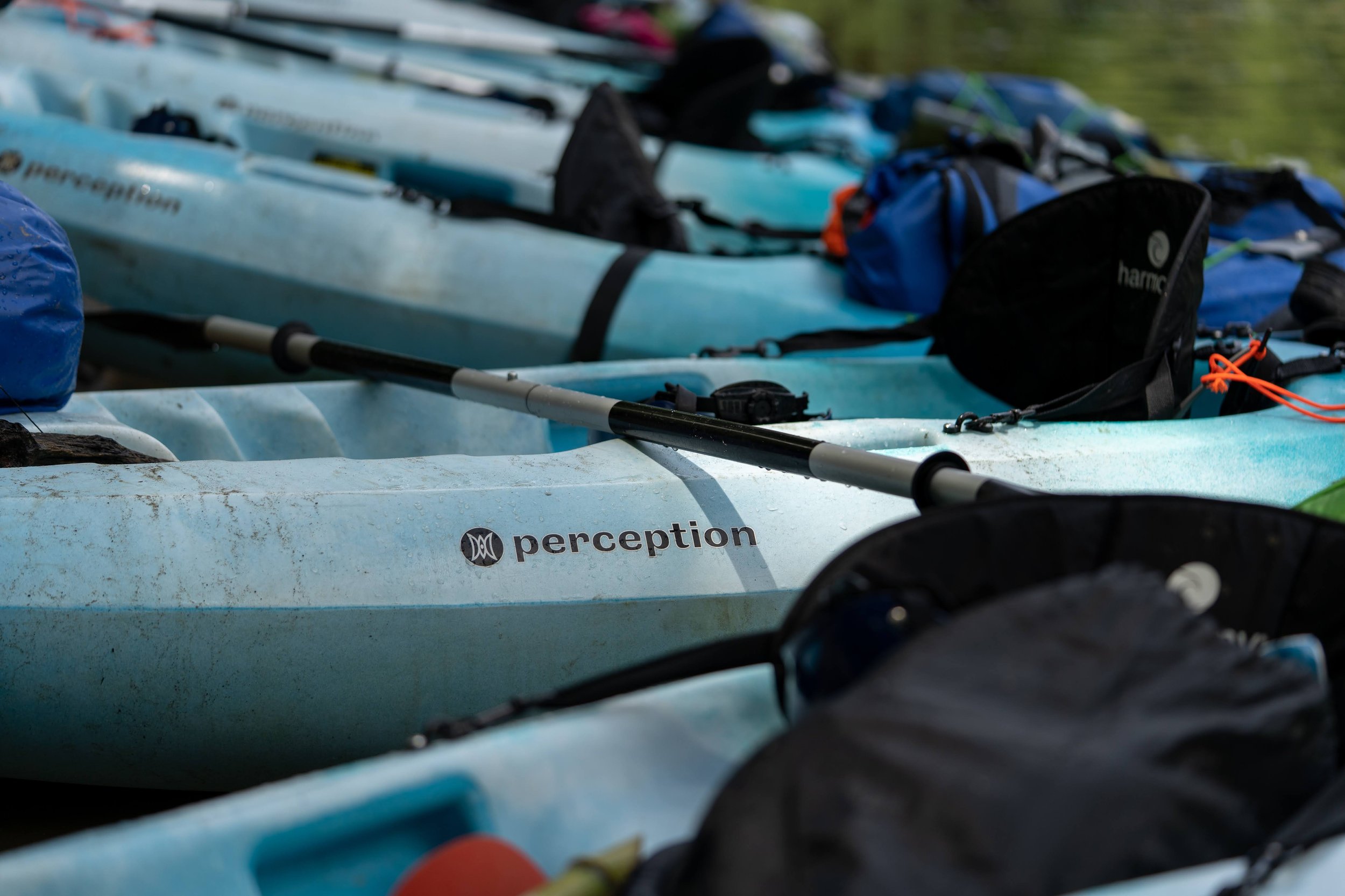
2023 BRDC Summer Camps
Sign your young nature-lover up for one of our overnight summer camps!

2023 Summer Camp Sign Ups are Still Open
Youth ages 6-17 will benefit from Blue Ridge Discover Center’s unique approach to summertime experiences.
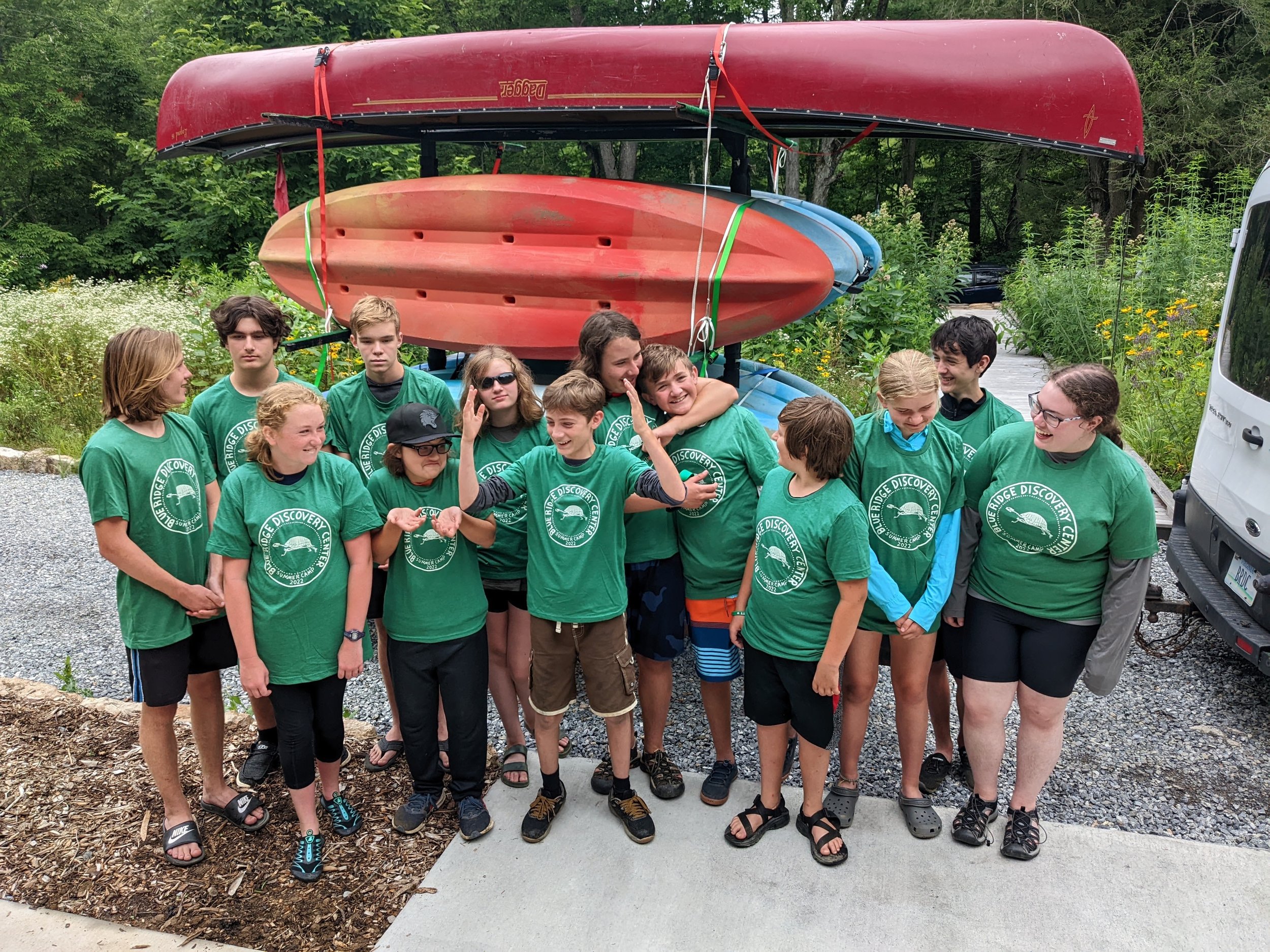
Sign up for 2023 Summer Camp today!
We are excited to announce that registrations for the 2023 Summer Programs and Overnight Adventures are now OPEN to the public!

Summer Camp Scholarship Opportunity
Do you have a child that loves nature…birds in particular? One that really wants a deeper connection with nature and the wonders of the Blue Ridge? Well, we have a camp for them!
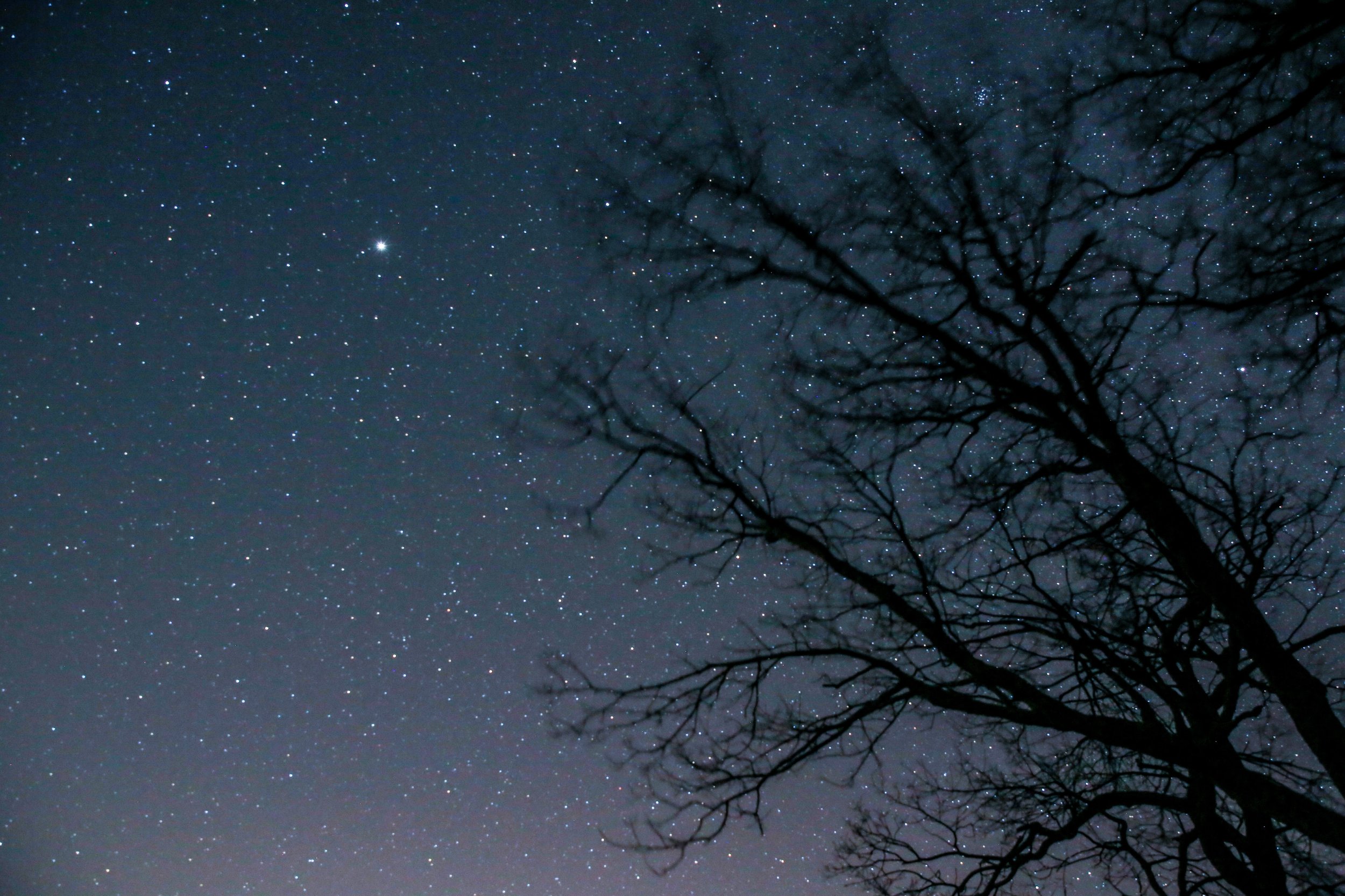
A Year in Review
Look at what you helped us achieve in 2021 and join us in ringing in the New Year!
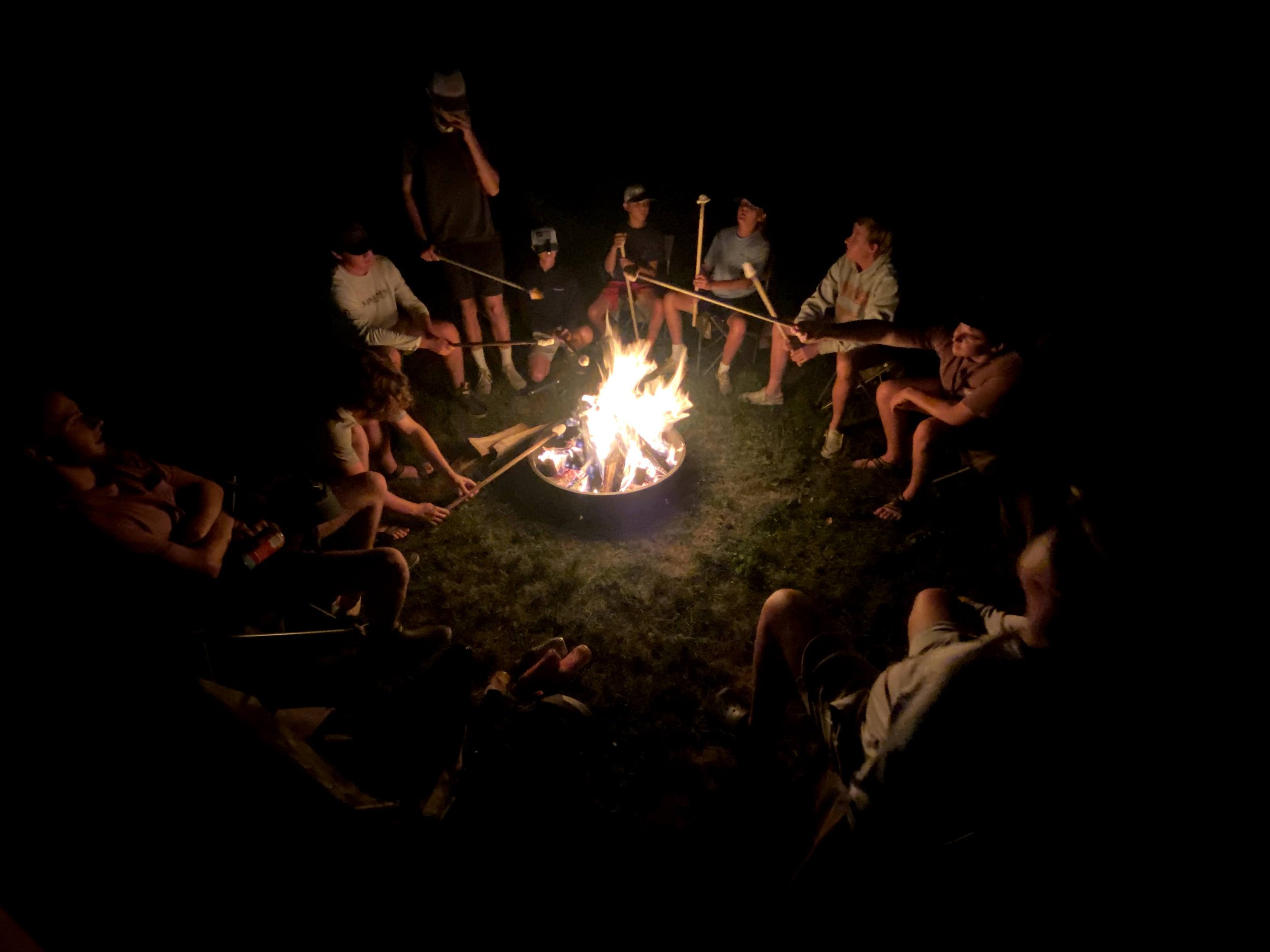
2022 Summer Camp Registrations Are OPEN!
Registrations are now open for 2022 Summer Camps.
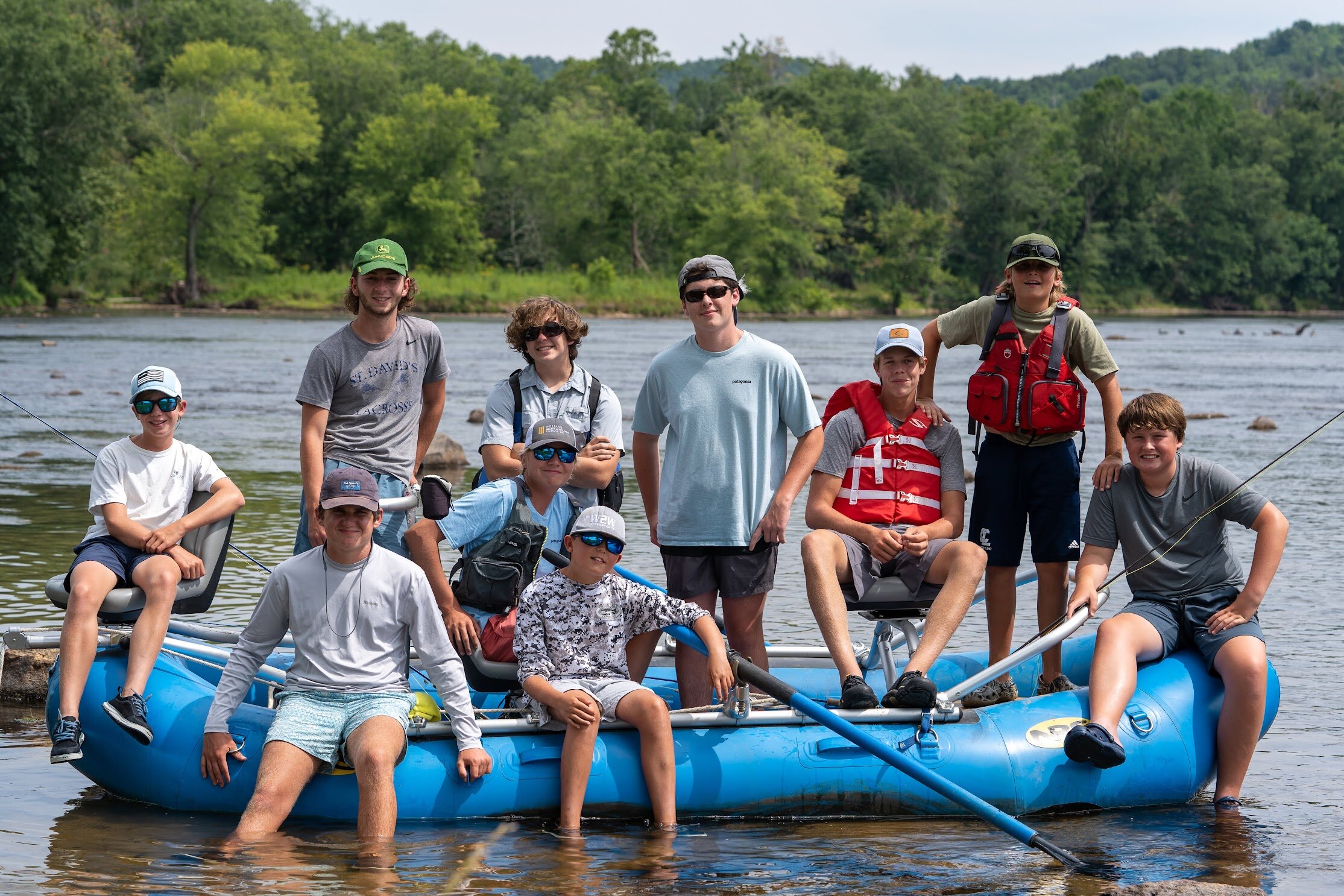
Summer Camp Wrap-Up
As summer 2021 closes in, so do BRDC’s summer camps. The camps may have only lasted 4-5 days, but the camaraderie and memories will last a lifetime. Each camp brought unique experiences and challenges, as well as new skills and admiration of the Blue Ridge.

New River Expedition
Twelve eager young people and four BRDC staff set out on one of our favorite summer adventures: a four-day, three-night expedition down the New River, camping on its banks by night and paddling on its waters by day.
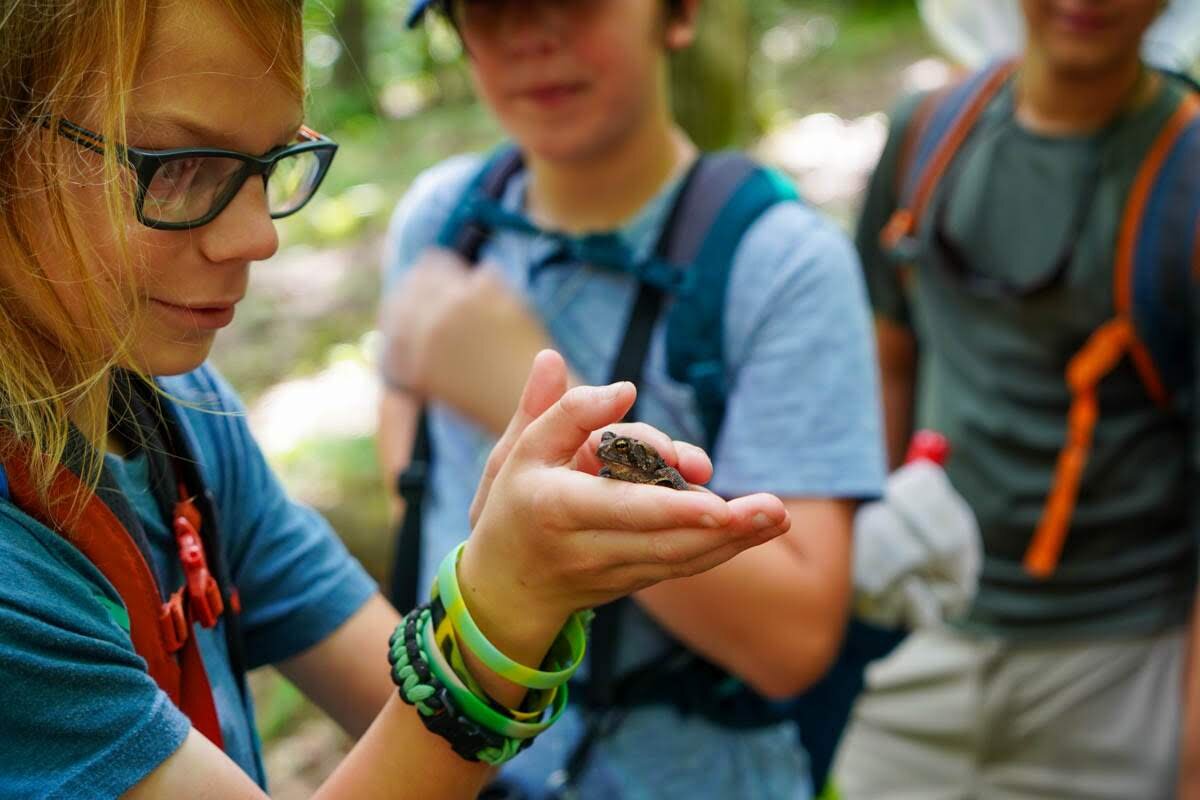
Summer Camp Scholarship Opportunity
Through the generous support of the Smyth County Community Foundation, Blue Ridge Discovery Center is offering full scholarships for our overnight summer camps! T